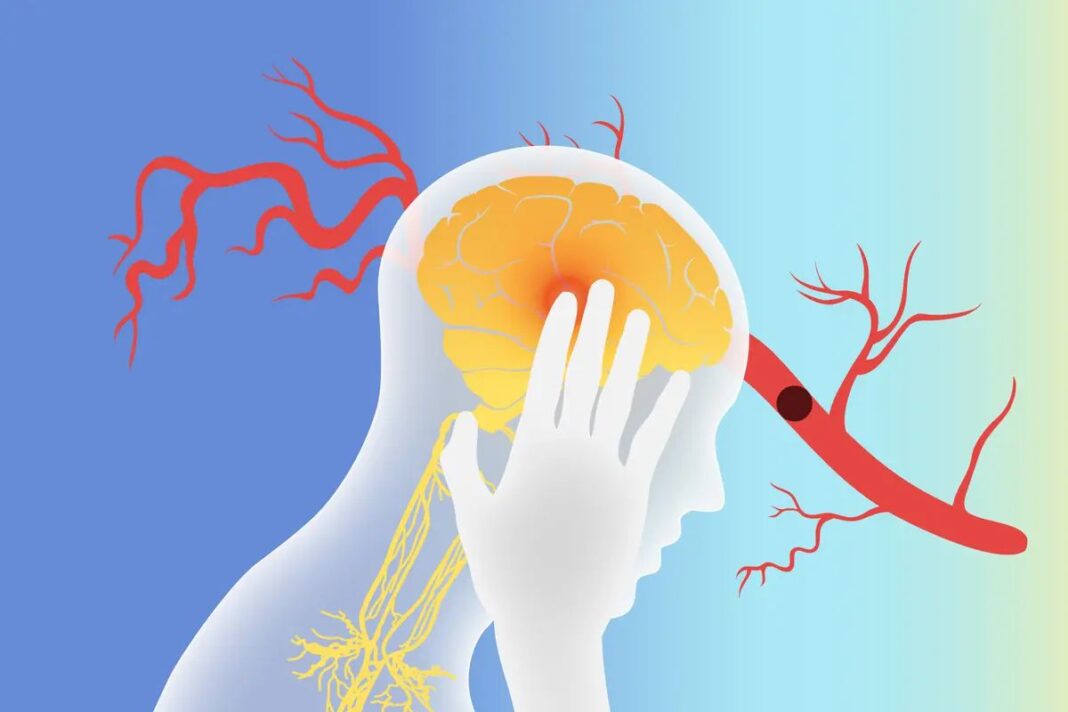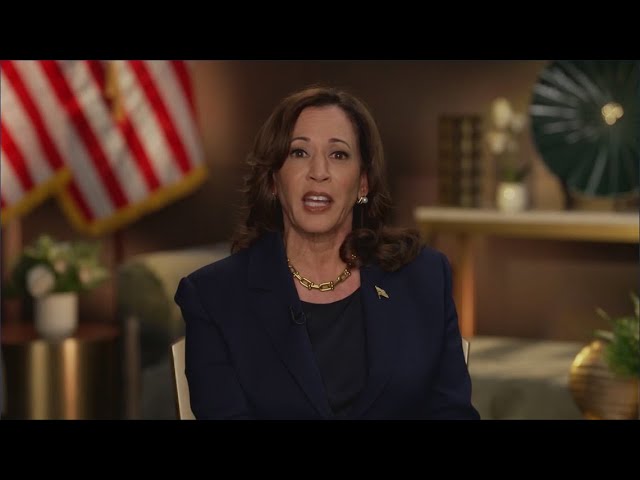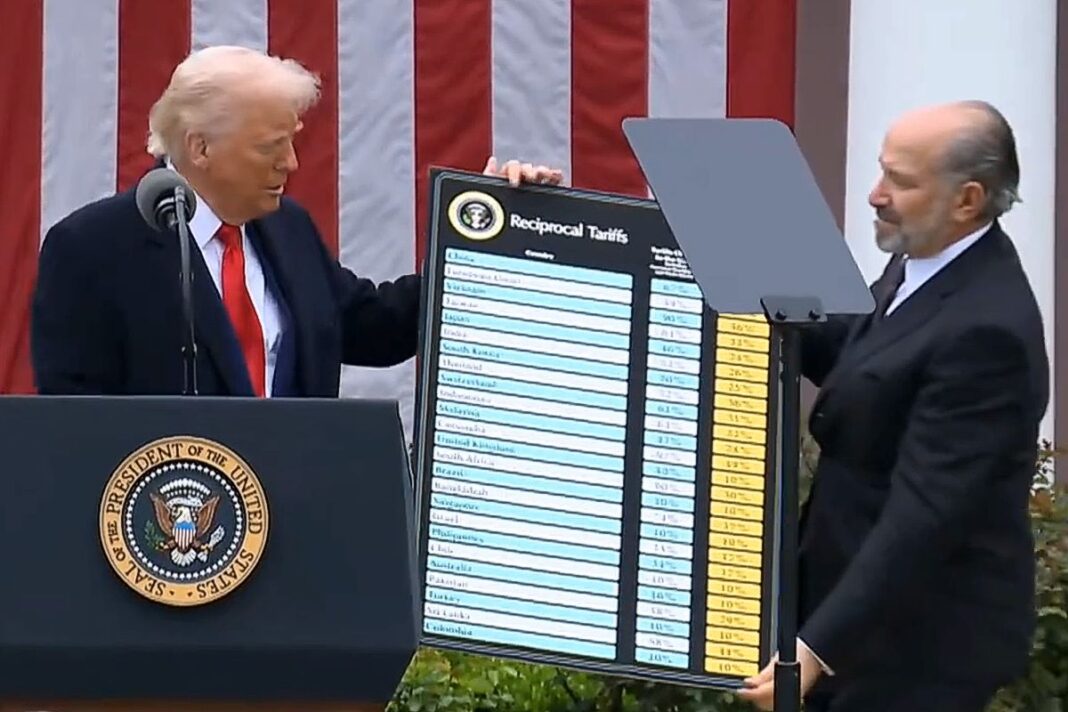The nervous system is highly adaptable, and with proper stimulation, recovery is more achievable than once thought.
Stephan Grady’s world turned upside down one day.
He woke up at 5 a.m. with what he thought was a cramp—it turned out to be a stroke.
Grady was taken to the hospital, paralyzed down his entire right side.
“I was in shock because I was so fit, and I kept thinking, ‘Why me?’” Grady told The Epoch Times.
“I didn’t want this life. I just wanted to be normal again. I wanted the old me back—playing football, golf, going to the gym with my wife, rushing around at 100 miles an hour, working, going on holidays together.”
A clinical trial using vagus nerve stimulation (VNS) gave him hope. The transcutaneous limb recovery post-stroke (TRICEPS) trial, underway at King’s College Hospital in the UK, is a rigorous, multi-center study investigating whether a non-invasive technique, transcutaneous (through-the-skin) VNS, can improve hand and arm function in stroke survivors, when paired with rehabilitation therapy.
“I might get my arm and hand back to use functionally—so it’s not just hanging there,” said Grady.
Rethinking Stroke Recovery
Professor Arshad Majid, a consultant neurologist and chief investigator of the TRICEPS trial, had used VNS for years to treat epilepsy.
It later came to his attention that cardiologists were using VNS as part of active rehabilitation to help patients recover after heart attacks. Stroke recovery, in contrast, hadn’t taken the same proactive approach. Seeing how it was helping in cardiology sparked a new idea in Majid—maybe VNS could also support the brain’s recovery after a stroke by boosting its ability to rewire and heal.
The need for better solutions is clear. Many people who survive an ischemic stroke live with long-term disabilities, particularly in the arm, shoulder, hand, or wrist, referred to as upper extremity impairments. More than 60 percent of survivors face lasting challenges with movement, affecting daily activities and overall independence. Even five years post-stroke, about one in five report a very poor quality of life.
While intensive physical and occupational therapy can lead to improvements, sometimes even years after a stroke, most people hit a recovery plateau early. Progress tends to slow significantly after the first few months, and few treatments have delivered consistent, long-term benefits.
“If our new TRICEPS trial is successful, it will be the first large-scale, properly controlled evidence that vagus nerve stimulation makes a real difference in stroke recovery,” Majid told The Epoch Times.
Encouraging Results
Traditionally, vagus nerve stimulation involves surgically implanting a device in the neck, much like a pacemaker. But for stroke patients, many of whom are on blood thinners and at increased surgical risk, this isn’t ideal. Majid’s team turned to a less invasive option: transcutaneous vagus nerve stimulation (tVNS), delivered via the ear.
The team began with a small pilot study, involving a dozen participants, paired tVNS with physical movement. After six weeks, the team observed improvements in patients’ arm weakness.
“There was a signal there,” Majid said. “We didn’t have a control group, but it gave us reason to be optimistic.”
“One participant, a boxing coach, couldn’t use his arm at the start of the study. Six weeks later, he was punching a bag again,” Majid said.
By Zena le Roux








